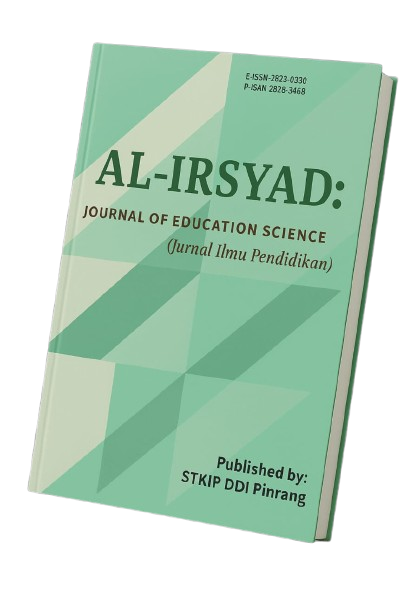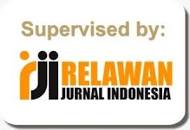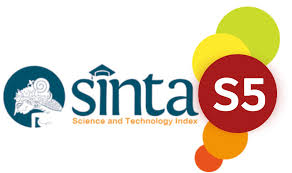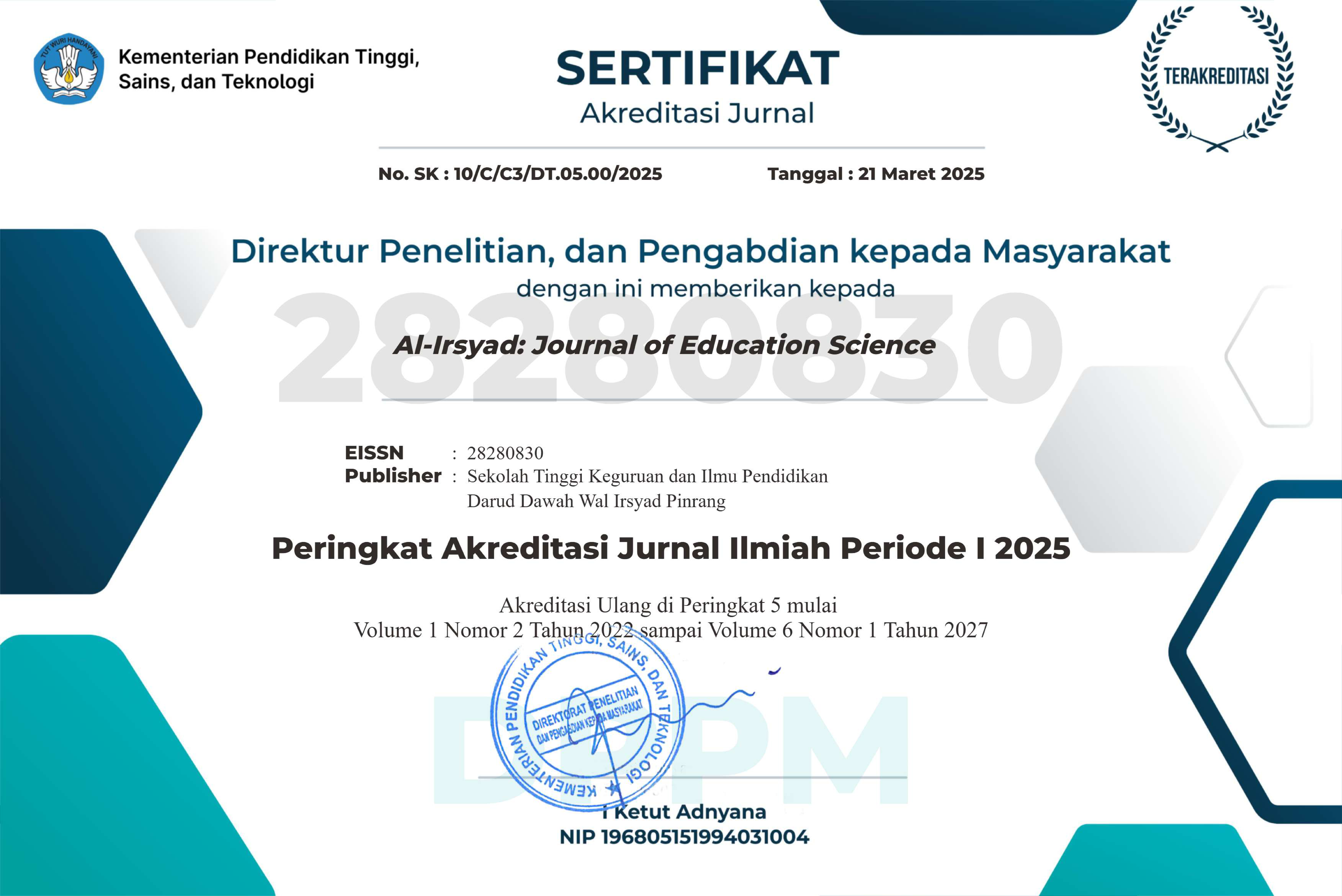EXPLORING ENGLISH LANGUAGE LEARNING STRATEGIES: INSIGHT FROM TIKTOK’S ENGLISH ON THE STREET INTERVIEWS
DOI:
https://doi.org/10.58917/aijes.v4i2.323Kata Kunci:
English Language Learning, English on the Street, Language Learning Strategies, TikTok English InterviewsAbstrak
This study explores the English language learning strategies employed by individuals, drawing insights from spontaneous interviews featured on TikTok’s English on the Street channel. Drawing on Oxford's (1990) taxonomy of language learning strategies, the research aims to explore English language learning strategies as revealed through TikTok’s “English on the Street” interviews. Employing a qualitative descriptive method, the study analyzed 83 publicly available street interview videos using thematic analysis based on Braun, & Clarke (2006). Unlike previous research that has predominantly relied on structured surveys in formal classroom contexts, this study captures how learners naturally express and demonstrate their strategies in real life digital interactions. The findings revealed a diverse use of strategies, with cognitive, social, and metacognitive strategies being the most frequently reported. Participants indicated learning English through media exposure, social interaction, self-directed practices, and to a lesser extent, memory and affective strategies. These results highlight the effectiveness of informal, learner-driven approaches and emphasize the relevance of digital platforms in supporting English learning. Practical implications suggest integrating similar strategies in formal education, while future research is encouraged to investigate underreported strategies such as affective and compensation strategies using more in-depth interviews.
Referensi
Aminatun, D., & Oktaviani, L. (2019). Memrise: Promoting Students’ Autonomous Learning Skill through Language Learning Application. Metathesis: Journal of English Language, Literature, and Teaching, 3(2), 214. https://doi.org/10.31002/metathesis.v3i2.1982
Braun, V., & Clarke, V. (2006). Using thematic analysis in phsycology. Qualitative Research in Psychology, 3(2), 77–101. https://doi.org/10.1191/1478088706qp063oa
Chanderan, V., & Hashim, H. (2022). Language Learning Strategies Used by ESL Undergraduate Students. Creative Education, 13(03), 768–779. https://doi.org/10.4236/ce.2022.133049
Dörnyei, Z. (2005). The Psychology of the Language Learner: Individual Differences in Second Language Acquisition (1st ed.). Routledge. https://doi.org/https://doi.org/10.4324/9781410613349
Elli, R. (2008). The Study of Second Language Acquisition (2nd ed.). Oxford University Press.
Godwin-Jones, R. (2018). Second language writing online: An update. Language Learning and Technology, 22(1), 1–15.
Hapsari, A. (2019). Language Learning Strategies in English Language Learning: A Survey Study. Lingua Pedagogia, Journal of English Teaching Studies, 1(1), 58–68. https://doi.org/10.21831/lingped.v1i1.18399
Husna, N., Mulyati, Y. F., Karim, N. A., Hidayat, D. N., Farkhan, M., & Alek, A. (2022). Social media as an English learning platform during the pandemic. Journal of English Language Teaching Innovations and Materials (Jeltim), 4(2), 213. https://doi.org/10.26418/jeltim.v4i2.55918
Jessica Ruth Melvira Simanungkalit, & Katemba, C. V. (2023). Utilizing English Tiktok as a Media in Learning English Vocabulary: University Students’ Perspective. Eduvelop: Journal of English Education and Development, 6(2), 137–150. https://doi.org/10.31605/eduvelop.v6i2.2331
JN, M. F., Tjalla, M., & Arqam, A. (2025). Undergraduate Students’ Expectations of EFL Lecturers’ Teaching Competencies: A Case Study at IAIN Parepare. Jelita, 6(1), 97–111. https://doi.org/10.56185/jelita.v6i1.881
Laili, R. N. (2023). Students’ Perspectives on Using Tiktok Videos As a Medium for Learning English. Lunar, 7(2), 39–56. https://doi.org/10.36526/ln.v7i2.3098
Lamba, N., Van Tonder, A., & Raghavan, A. (2022). Unpacking Qualitative Methodology to Explore Experiences of Mothers with Children with Autism Spectrum Disorder in the UAE: A Thematic Analysis Inquiry. International Journal of Qualitative Methods, 21, 1–10. https://doi.org/10.1177/16094069221110295
Lee, J., & Heinz, M. (2016). English Language Learning Strategies Reported By Advanced Language Learners. Journal of International Education Research (JIER), 12(2), 67–76. https://doi.org/10.19030/jier.v12i2.9629
Lestari, M., & Wahyudin, A. Y. (2020). Language Learning Strategies of Undergraduate Efl Students. Journal of English Language Teaching and Learning, 1(1), 25–30. https://doi.org/10.33365/jeltl.v1i1.242
Nowell, L. S., Norris, J. M., White, D. E., & Moules, N. J. (2017). Thematic Analysis: Striving to Meet the Trustworthiness Criteria. International Journal of Qualitative Methods, 16(1), 1–13. https://doi.org/10.1177/1609406917733847
Oxford, R. L. (1990). Language Learning Strategies: What Every Teacher Should KnowNo Title. Newbury House Publishers.
Oxford, R. L. (2016). and Researching Language Learning Strategies: Self-Regulation in Context (2nd ed.). Routledge.
Richards, K. (2003). Qualitative Inquiry in TESOL (1st ed.). Palgrave Macmillan London. https://doi.org/https://doi.org/10.1057/9780230505056
Sari, Fatimah Mulya; Wahyudin, A. Y. (2019). Blended-Learning: The Responses from Non-English Students in the Indonesian Tertiary Context. Teknosastik, 17(1), 23–28. https://ejurnal.teknokrat.ac.id/index.php/teknosastik/article/view/204/164
Zhu, W. (2025). The Role of Social Media in Informal English Learning: A Case Study of Language Learning Communities. International Journal of Education and Humanities, 18(2), 35–39. https://doi.org/10.54097/1f2j6n73
Unduhan
Diterbitkan
Cara Mengutip
Terbitan
Bagian
Lisensi
Hak Cipta (c) 2025 Fisma Fisma, Rahmat J, Alfrida Dwi Putri

Artikel ini berlisensi Creative Commons Attribution 4.0 International License.























